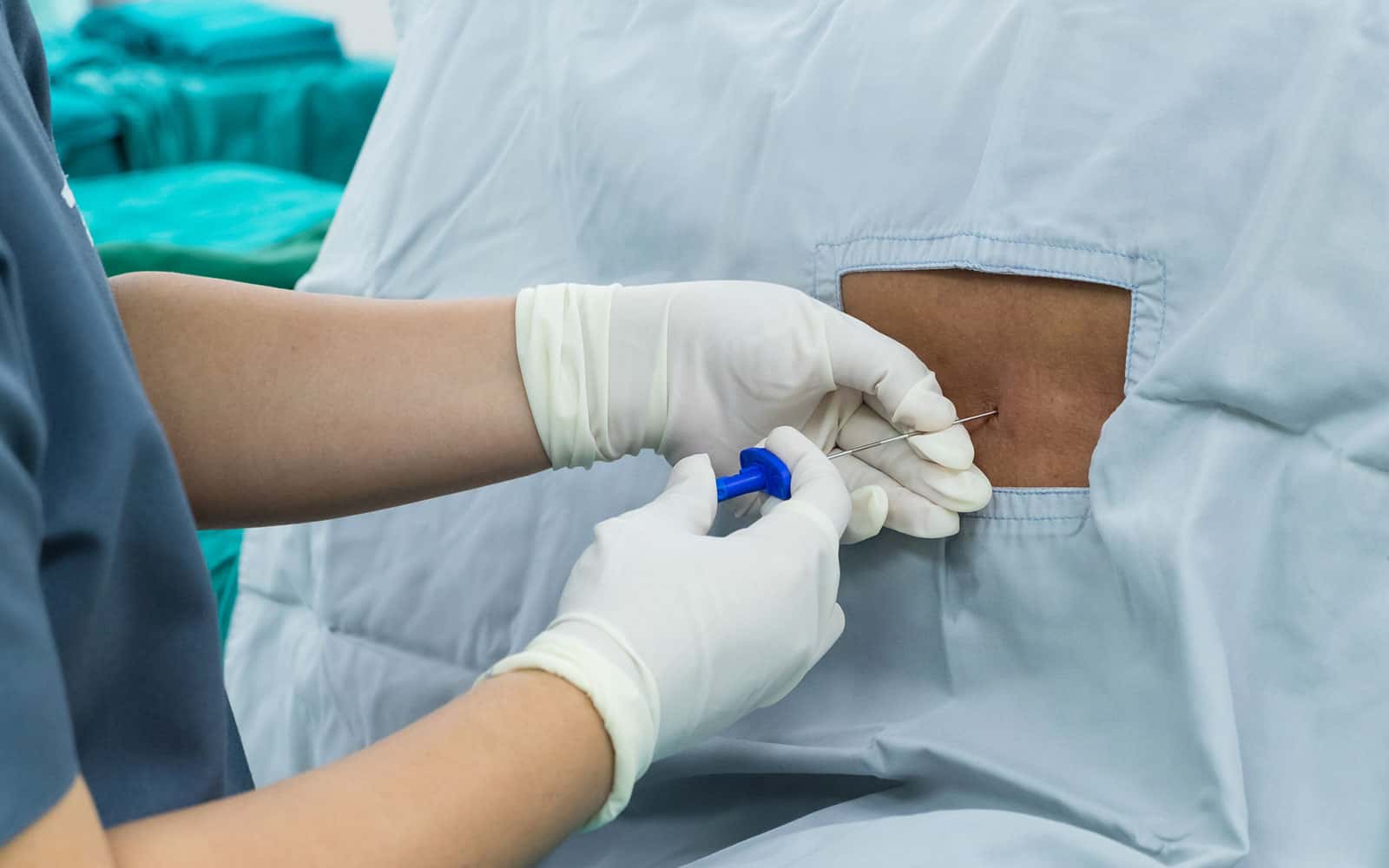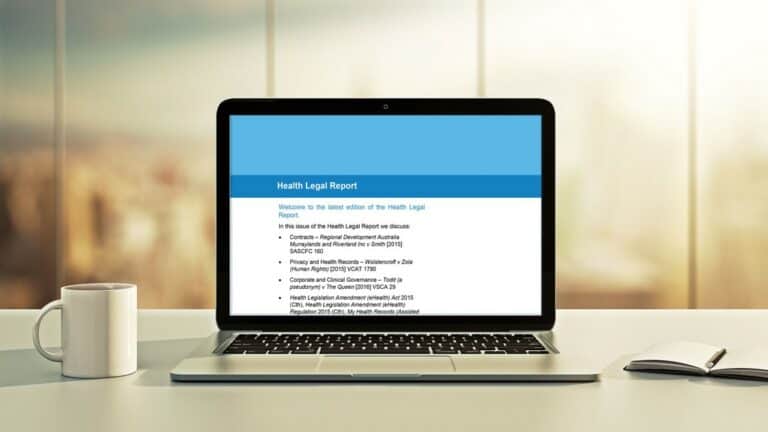Fuller v Australian Capital Territory [2022] ACTSC 361
Introduction
This case concerned the breaking of a needle in the spinal column of a patient during a spinal anaesthetic procedure at Canberra Hospital, and whether the medical practitioners involved in the procedure acted negligently under sections 42-44 of the Civil Law (Wrongs) Act 2002 (ACT) (the Act). On 22 December 2022, the Australian Capital Territory Supreme Court (ACTSC) found that Canberra Hospital and its medical practitioners did not act negligently and were therefore not liable for the injuries suffered by the patient as a result of the needle breaking.
Facts
On 14 February 2020, Bronwyn Fuller (Mrs Fuller) attended Canberra Hospital for the purposes of giving birth by caesarean section. Dr Abeygunasekara, a registrar who had commenced his training in late January, early February 2020, and Dr Stephens, who had been a Fellow of the Australian and New Zealand College of Anaesthetists since 2005, agreed that Mrs Fuller would be required to undergo a spinal anaesthetic for the purposes of her caesarean section. The two doctors scrubbed up and prepared to perform the spinal anaesthetic.
Dr Abeygunasekara was to perform the procedure, with Dr Stephens ready to take over if necessary, as Mrs Fuller’s high BMI could make the procedure more difficult. Dr Abeygunasekara administered local anaesthetic to the area between the L3-L4 spinal level and inserted the needle. He hit bone with the needle, so redirected the needle and tried again, hitting bone for a second time. Dr Abeygunasekara then administered local anaesthetic between the L4-L5 spinal level and attempted to insert the spinal needle there but again hit bone.
At this point, Dr Stephens took over and tried the procedure at the L4-L5 level, where she too hit bone. When Dr Stephens extracted the spinal needle, she noticed that approximately half of the needle remained inside Mrs Fuller’s spine. Dr Stephens immediately alerted the neurosurgeon on-call, Dr McDowell, who attended and extracted the portion of the needle remaining inside Mrs Fuller. The needle that was extracted from Mrs Fuller was approximately 40mm, straight and not deformed.
Mrs Fuller later underwent general anaesthetic administered by Dr Stephens and Dr Abeygunasekara and gave birth to a healthy baby that day. Mrs Fuller alleged that she suffered physical injury and post traumatic stress disorder due to the breakage and extraction of the spinal needle, which negatively impacted on her quality of life and earning capacity as a security guard and running her free range egg farm.
Relevant legislation
The duty of care for a negligence claim is defined in sections 42-44 of the Act. Section 42 provides that the “standard of care required of the defendant is that of a reasonable person in the defendant’s position who was in possession of all the information that the defendant either had, or ought reasonably to have had, at the time”. In addition, section 43(2) of the Act sets out the following matters that a court must take into account in deciding whether a person should have taken precautions against a risk of harm:
(i) the probability that the harm would happen if precautions were not taken;
(ii) the likely seriousness of the harm;
(iii) the burden of taking precautions to avoid the risk of harm; and
(iv) the social utility of the activity creating the risk of harm.
Issue
Decision not to replace the spinal needle
The plaintiff argued that a reasonable medical practitioner in the position of Dr Stephens ought to have changed the spinal needle after Dr Abeygunasekara attempted to insert the needle at the L4-L5 level, as it would likely have been damaged or weakened through his prior repeated insertions at this level and at the L3-L4 level. In order to determine the standard of care for a specialist anaesthetist in Dr Stephen’s position, the Court heard from two experts, Dr MacPherson and Dr Liyanagama. They gave evidence, which was accepted by the Court, that the risk of a spinal needle breaking ought to have been known by Dr Stephens, however they considered the likelihood of this occurring to be rare or extremely rare. They both also stated that it would be reasonable to use the same needle up to three times but it would be clearly unacceptable to use the same needle 10 times, however, using the same needle between four and six times would be a grey area. Importantly, the Court accepted the following evidence where both Dr MacPerson and Dr Liyanagama agreed:
A first anaesthetist could run into bone and weaken the needle and then a second anaesthetist using the same spinal needle at perhaps a different spot could carry out his or her task perfectly according to professional standards and yet the spinal needle could still break.
The Court weighed the likely seriousness of harm against the social utility of the activity. The harm caused to a person through the breaking of a spinal needle is high if the needle was lodged near a nerve or within intrathecal space, or if the needle fragment was not removed quickly. In this case, the needle was removed quickly and the social utility of causing the harm, being the administering of spinal anaesthetic to give medical care, was high.
Decision
The ACTSC found that Dr Stephens acted in the manner of a competent specialist anaesthetist taking into account all relevant circumstances and requirements under sections 42-44 of the Act, and was therefore not liable for negligence.
Compliance Impact
Organisations should be aware of and document the accepted processes and practices of competent medical professionals and ensure that their medical practitioners are aware of and act in accordance with them to minimise their liability for negligence.




